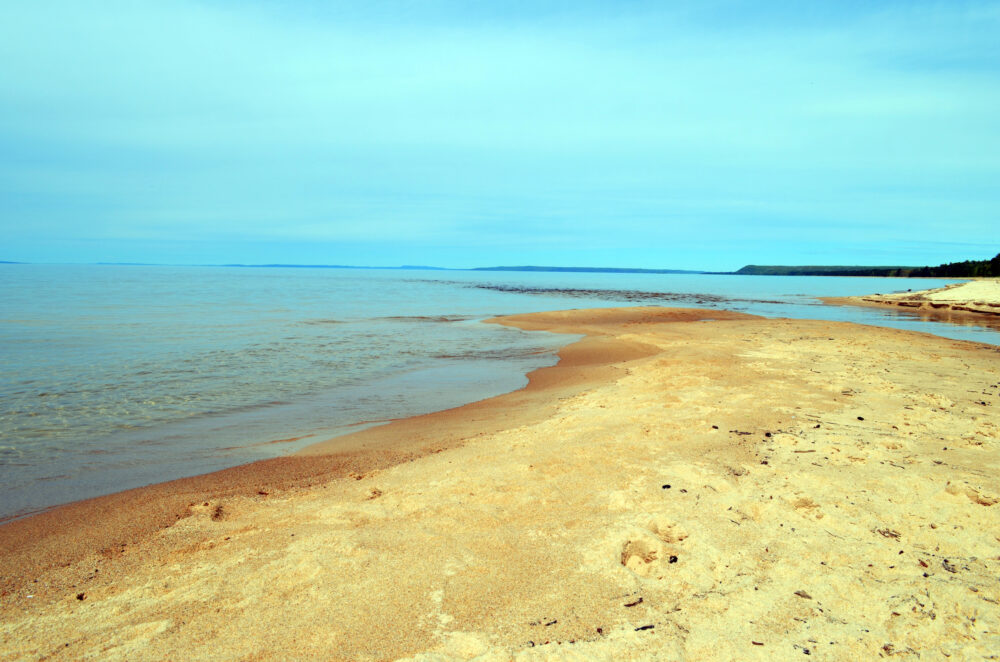We have much more to do and your continued support is needed now more than ever.
United to Save Grasslands Habitat
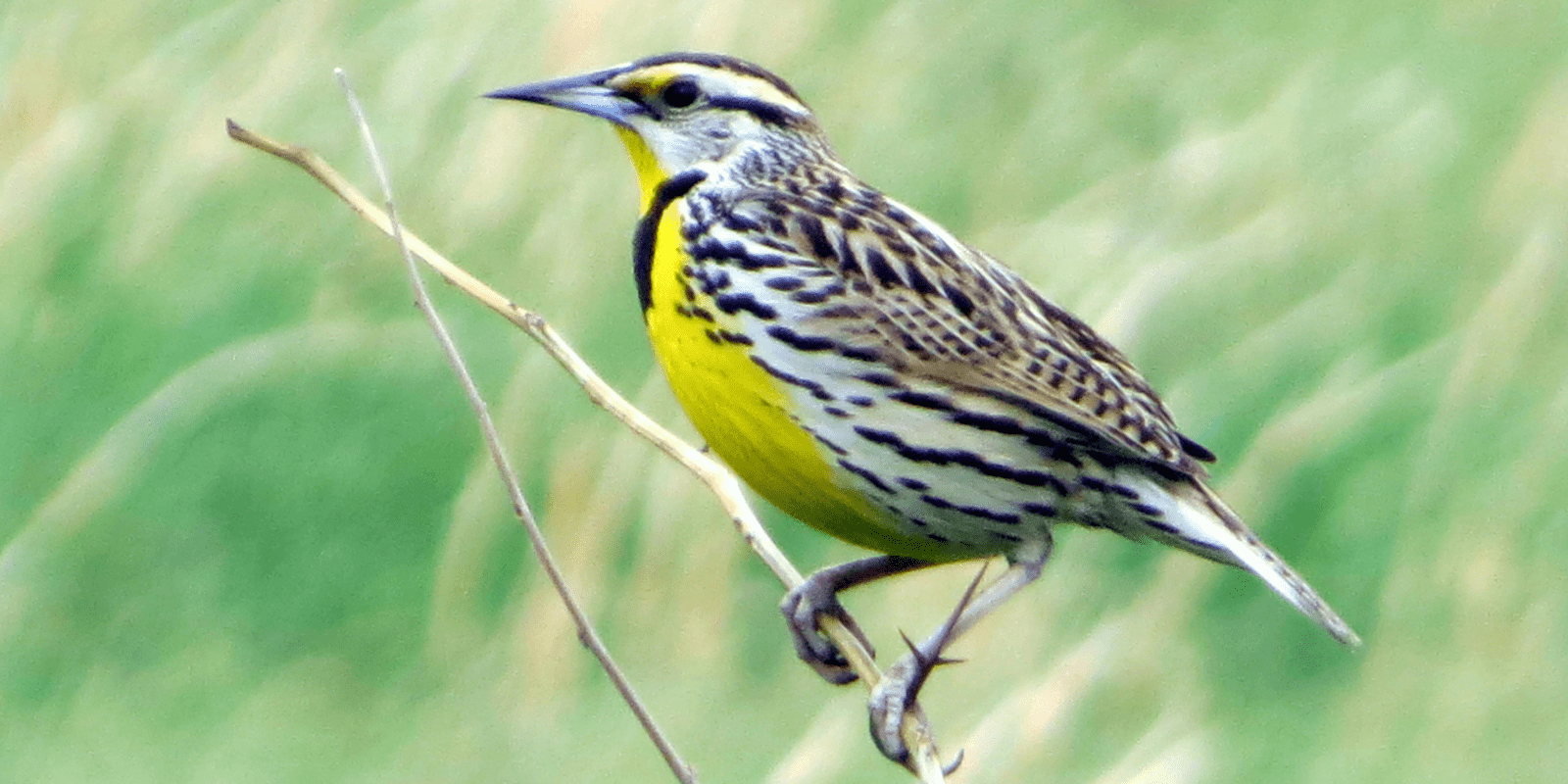
More than 200 people gathered in Fort Worth, Texas to talk about saving one of the most endangered wildlife habitats in America—our native prairies, also known as grasslands. Despite federal incentives to conserve grasslands, 5.7 million acres were converted to cropland from 2008 to 2012, leading to the release of climate pollution equivalent to the annual emissions of 20 million new cars on the road.
As agricultural expansion and urban development continue to lead to the conversion of grasslands throughout the Great Plains and Midwest, it is increasingly important to raise public awareness of this underrepresented, yet critical, biome that is decreasing at an alarming rate.
Take Action Now
America’s Grasslands Conference: United for Conservation
On November 14th-16th, 2017, National Wildlife Federation held our fourth biennial America’s Grasslands Conference in Fort Worth, Texas. The conference was co-hosted by Coastal Prairie Partnership, Native Prairies Association of Texas, and Texas Agrilife Extension. This year’s theme, “United for Conservation,” focused on working together with diverse stakeholders to form collaborative partnerships to conserve grasslands, and brought together 220 people from across North America.
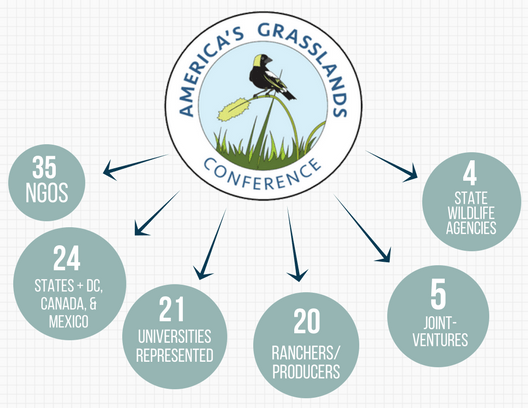
The packed agenda had over 60 speakers, 20 poster presentations, five breakout sessions with round table discussions, and plenty of networking and social events. Additionally, the conference kicked off with field trips to numerous grassland conservation areas in the surrounding Fort Worth region. Each uniquely curated field trip explored local grasslands and conservation practices with experts.
Visiting Local Grasslands
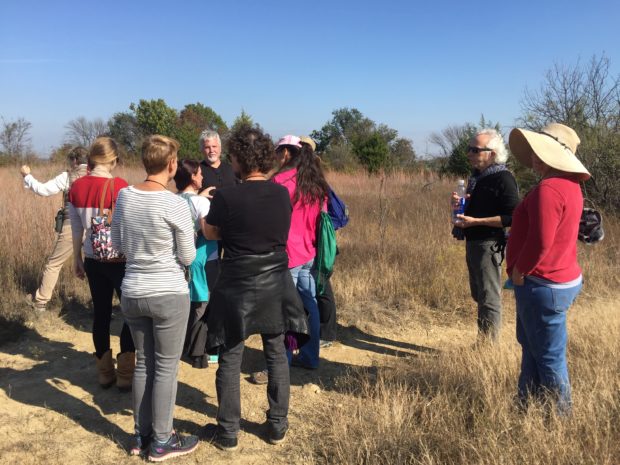
Field trip attendees chose to either learn more about local education and volunteer opportunities from the Friends of Tandy Hills Natural Area, visit 400 acres of the most diverse remnants of Blackland Prairie in Fort Worth at Clymer Meadow, observe how native prairie can be restored using the Adaptive Multi-paddock Grazing by cattle and sheep at the Leo and Pittman units of the Leo Ranch, or experience a 2,000 acre fourth generation ranch in the transition zone between Blackland Prairie and Cross Timbers Ecological Regions of Texas at Smith Ranch.
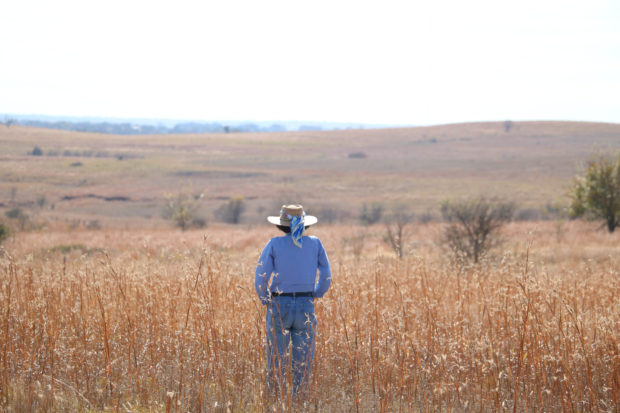
The field trips on the first day of the conference were a great opportunity to ease into the robust spread of conservation issues and solutions that would be discussed over the following days.
Topics & New Research at the Conference
The conference was packed with interesting subjects such as:
- Success stories of partnership efforts to conserve grasslands,
- Maintaining healthy grasslands for grazing,
- Grasslands in federal policy,
- Landscape level planning,
- Grassland-dependent wildlife,
- Pollinator conservation, and
- Many more exciting topics.
The conference also gave researchers and organizations the opportunity to release new data.
During the conference, researchers from the University of Wisconsin-Madison released new data regarding carbon emissions stemming from conversion of grassland and other habitats into crop production, in relation to the federal ethanol mandate. Researchers found that cropland expansion from 2008-2012 likely resulted in carbon pollution equivalent to six coal-burning power plants, or the annual emissions of 20 million new cars on the road.
Organizations attending, such as World Wildlife Fund (WWF), presented grassland conversion data through a poster and talk from the recently released 2017 Plowprint Annual Report. The report focused on the impacts of grassland conversion on water resources and the actions we can take to slow grassland loss.
Building Momentum
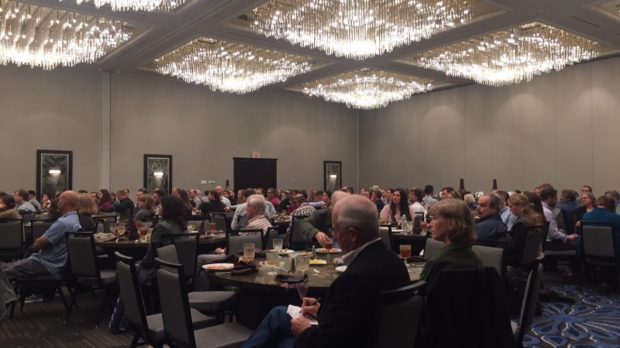
The conference was a great opportunity for stakeholders of varying backgrounds to discuss grassland conservation. Attendees left with high energy to take action in the field, and on Capitol Hill.
Now you can join the momentum too! Send a letter to Congress members to support the bipartisan, bicameral, American Prairie Conservation Act in the 2018 Farm Bill.
The American Prairie Conservation Act will help to protect remaining native prairies by reducing the incentives for landowners to convert prairie to cropland through a nationwide “sodsaver” provision. It is critical that sodsaver is included in the 2018 Farm Bill to protect further destruction of grasslands.
For more information about the conference, the proceedings, and more, visit the website here or contact Lekha Knuffman. Additionally, be sure to check out our Twitter account for photos and updates from the conference.
Take Action Now


















